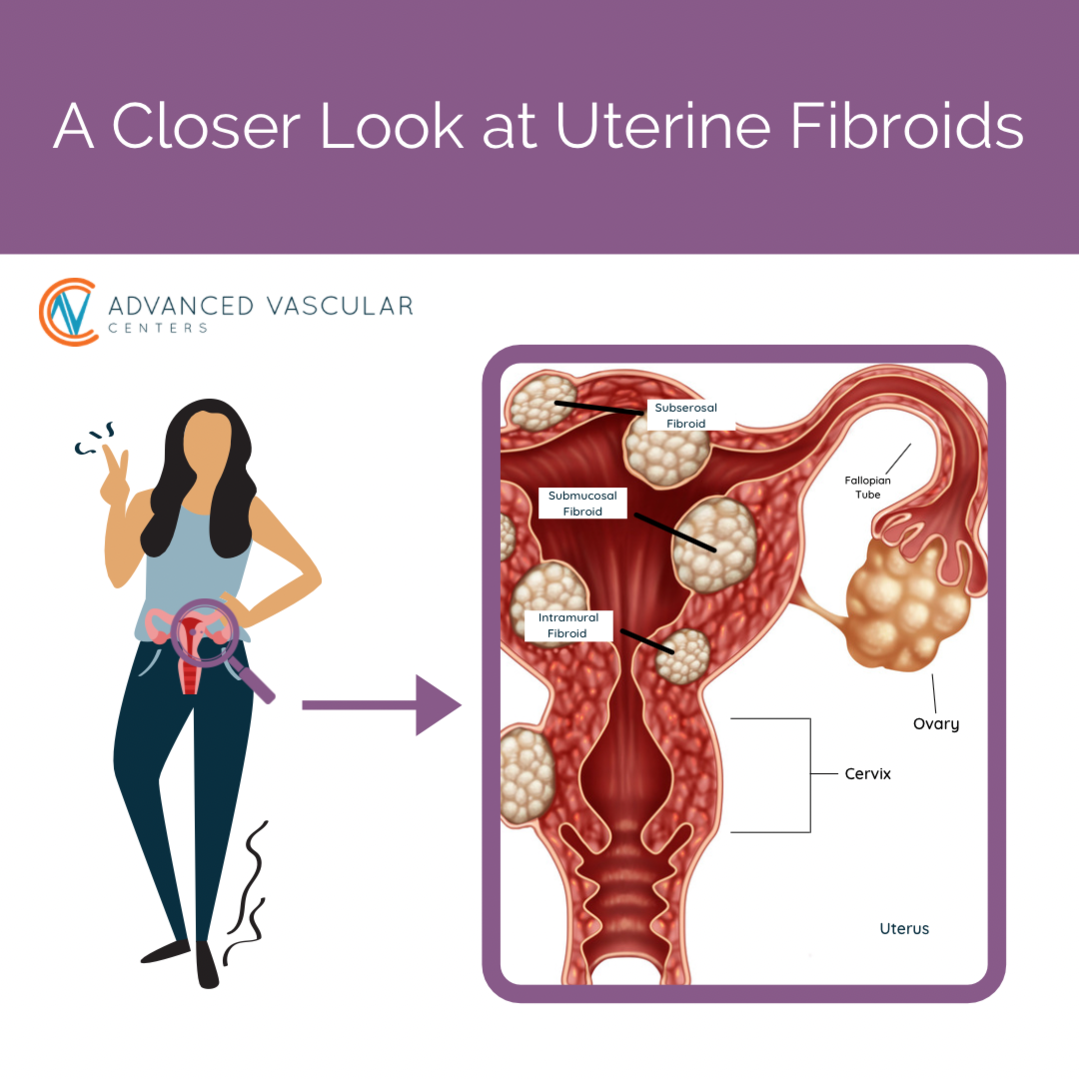PARACENTESIS
Paracentesis is a medical procedure used to remove fluid buildup from the abdominal cavity, a condition known as ascites. This fluid buildup can occur due to various reasons, such as liver cirrhosis, heart failure, cancer, or infection. Paracentesis helps relieve symptoms such as abdominal swelling and discomfort and can also provide a sample of the fluid for diagnostic testing. This article explores the indications, procedure, complications, and post-procedural care associated with paracentesis.
Contact AVC to see if you are a candidate for Paracentesis.
Overview of Paracentesis
Paracentesis is a relatively simple and commonly performed procedure used to remove excess fluid from the abdominal cavity. The procedure can be performed as a diagnostic or therapeutic intervention, depending on the clinical context.
Indications for Paracentesis
Paracentesis is typically indicated in patients with symptomatic ascites, which is often associated with liver cirrhosis, heart failure, malignancy, or infection. It may also be performed for diagnostic purposes to evaluate the cause of ascites or to rule out certain conditions.
Types of Paracentesis
- Diagnostic Paracentesis: This involves the removal of a small amount of fluid from the abdominal cavity for analysis. The fluid is analyzed for cell count, protein levels, glucose levels, and the presence of bacteria or other microorganisms.
Therapeutic Paracentesis: This involves the removal of a larger volume of fluid to relieve symptoms such as abdominal pain, distension, and difficulty breathing.
Post-procedural Care
After paracentesis, patients are monitored for any signs of complications, such as bleeding, infection, or hypotension. They may be advised to rest and avoid strenuous activities for a short period. Follow-up appointments may be scheduled to monitor fluid levels and assess the need for further interventions.
Paracentesis is a valuable procedure for the management of ascites, providing both diagnostic information and symptom relief. While it is generally safe, it is essential to perform the procedure under sterile conditions and monitor patients closely for any signs of complications. By effectively draining excess fluid from the abdominal cavity, paracentesis can improve the quality of life for patients with ascites and help identify underlying causes that may require further treatment.
The Paracentesis Procedure
- Pre-procedure Assessment: The patient’s medical history is reviewed, and a physical examination is performed to assess the extent of ascites and identify any potential complications.
- Informed Consent: The procedure is explained to the patient, including its purpose, potential risks, and benefits, and informed consent is obtained.
- Preparation: The patient is positioned comfortably, typically in a sitting or semi-recumbent position. The skin over the abdomen is cleaned and sterilized, and a local anesthetic is administered to numb the area.
- Fluid Removal: A needle or catheter is inserted into the abdominal cavity under sterile conditions and guided by ultrasound to avoid injury to nearby organs. The fluid is then slowly drained into a collection bag.
- Post-procedure Care: After the procedure, the needle or catheter is removed, and a sterile dressing is applied to the site. The collected fluid is sent to the laboratory for analysis.
Complications of Paracentesis
While paracentesis is generally considered safe, it carries certain risks, including:
- Infection at the puncture site
- Bleeding, especially in patients with coagulopathy or liver disease
- Perforation of nearby organs, such as the bowel or bladder
- Hypotension or circulatory collapse, especially in patients with large-volume fluid removal
FAQS
What is ascites, and why does it occur?
Ascites is the abnormal buildup of fluid in the abdominal cavity. It can occur due to various reasons, including liver cirrhosis, heart failure, cancer, infection, or other conditions that affect the body’s ability to regulate fluid balance.
How is ascites diagnosed?
Ascites is typically diagnosed through physical examination, imaging tests such as ultrasound or CT scan, and laboratory analysis of the fluid obtained through paracentesis.
What are the symptoms of ascites?
Symptoms of ascites can include abdominal swelling and discomfort, difficulty breathing, nausea, and weight gain. In severe cases, ascites can lead to abdominal pain, difficulty eating, and an increased risk of infection.
Is paracentesis painful?
Paracentesis is typically performed under local anesthesia to numb the area, so patients may feel some pressure or discomfort but should not experience significant pain during the procedure.
How long does it take to recover from paracentesis?
Recovery time from paracentesis is usually minimal, and most patients can resume normal activities shortly after the procedure. However, some patients may experience soreness or discomfort at the puncture site for a few days.
How often can paracentesis be performed?
The frequency of paracentesis depends on the underlying cause of ascites and the patient’s response to treatment. In some cases, paracentesis may need to be repeated regularly to manage fluid buildup effectively.




